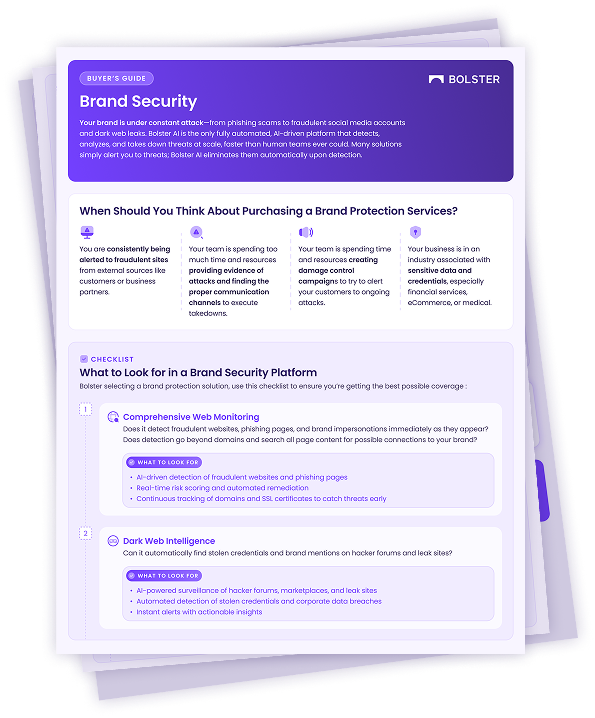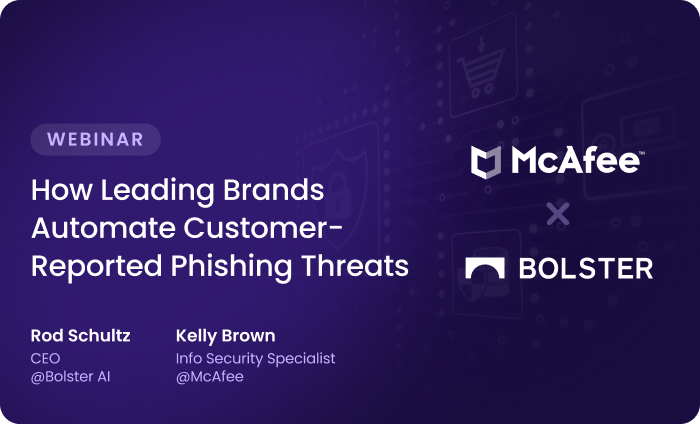An AI SOC (Artificial Intelligence Security Operations Center) integrates advanced AI-driven technologies with human expertise to provide a robust defense against cyber threats. By leveraging real-time threat analysis, an AI SOC enables accurate detection and swift takedowns of phishing sites and emerging scams.
Traditional Security Operations Centers (SOCs) are stretched thin. Between skyrocketing phishing reports, false positives, and limited staff capacity, even large enterprises are struggling to keep up. That’s where an AI SOC changes the game.
With this AI-human partnership, response times are drastically reduced, mitigating potential damage before it escalates and ensuring comprehensive protection.
What is SOC?
Most large organizations today have a dedicated Security Operations Center (SOC) to identify, mitigate, and contain cyber threats. Essentially a team of cybersecurity experts from various domains, this team is solely responsible for the security of the organization’s systems, networks, and data.
While that’s a ton of responsibility in itself, the rapidly expanding internet attack surface, the evolution of sophisticated threat programs, and the growing complexity of data environments have made this team’s job harder than it ever was before. Add to it the global talent shortage in cybersecurity that touched 2.7 million by the end of 2021.
Seriously understaffed SOC teams spread themselves thin, drowning in data recovered from a vast attack terrain. Theoretically speaking, SOC teams could prevent most attacks from happening in the first place— if they could be more productive, efficient, and effective. But, as intelligent and hard-working as they may be, they can only sift through a certain amount of data in a fixed period of time.
Their human capacity to identify anomalies and patterns in troves of repetitive data is also severely limited. Relying entirely on them, expecting them to overwork themselves without letting any errors slip through, isn’t the right approach in today’s world.
The Challenge with Human-Only SOCs
Even the most capable teams face constraints:
- 30,000+ phishing emails per month are reported by customers at major brands.
- 67% are false positives, wasting Tier 1 analyst time.
- 6+ minutes per email is the average time spent on manual triage.
- Phishing takedowns can take 2+ weeks, eroding customer trust.
- 15% of scammed customers churn and 30% file support tickets, each costing ~$5.
SSOC teams are being asked to do too much, too slowly, with too few tools.
AI + SOC
The volume and complexity of the data being brought in is simply best suited for machines. Powered by artificial intelligence and machine learning models, intelligent machines can complement the security team, giving them much-needed freedom and flexibility to focus on more critical tasks.
Integrating AI with SOCs enhances cybersecurity by automating threat detection and response, allowing human experts to focus on critical tasks.
Bolster’s AI Secrity for Email exemplifies this approach by leveraging crowd-sourced customer reports and advanced AI to identify and neutralize phishing and impersonation scams in real-time. This AI-driven solution automates threat triage and analysis, significantly reducing response times from days to hours.
| Process | Manual SOC | AI SOC (with Bolster) |
|---|---|---|
| Avg. Email Review Time | 6 minutes | 5 seconds |
| Avg. Takedown Time | 2+ weeks | <72 hours (80% of cases) |
| False Positives | 2 out of 3 emails | Automatically filtered |
| Scalability | Limited by headcount | Handles thousands monthly |
| Customer Notification | Delayed or inconsistent | Automated, real-time |
Why It Works
Crowd-Sourced Intelligence: Customers flag phishing attempts, providing real-world threat signals that fuel AI detection.
High Precision: Bolster delivers 99.999% detection accuracy, drastically reducing manual workload.
Global, Scalable Defense: The platform handles complex, cross-border takedowns at scale.
Clear ROI: Bolster reduces manual processing by 98.6%, helping internal teams focus on high-value security work.
Learn more by contacting us or requesting a demo.




